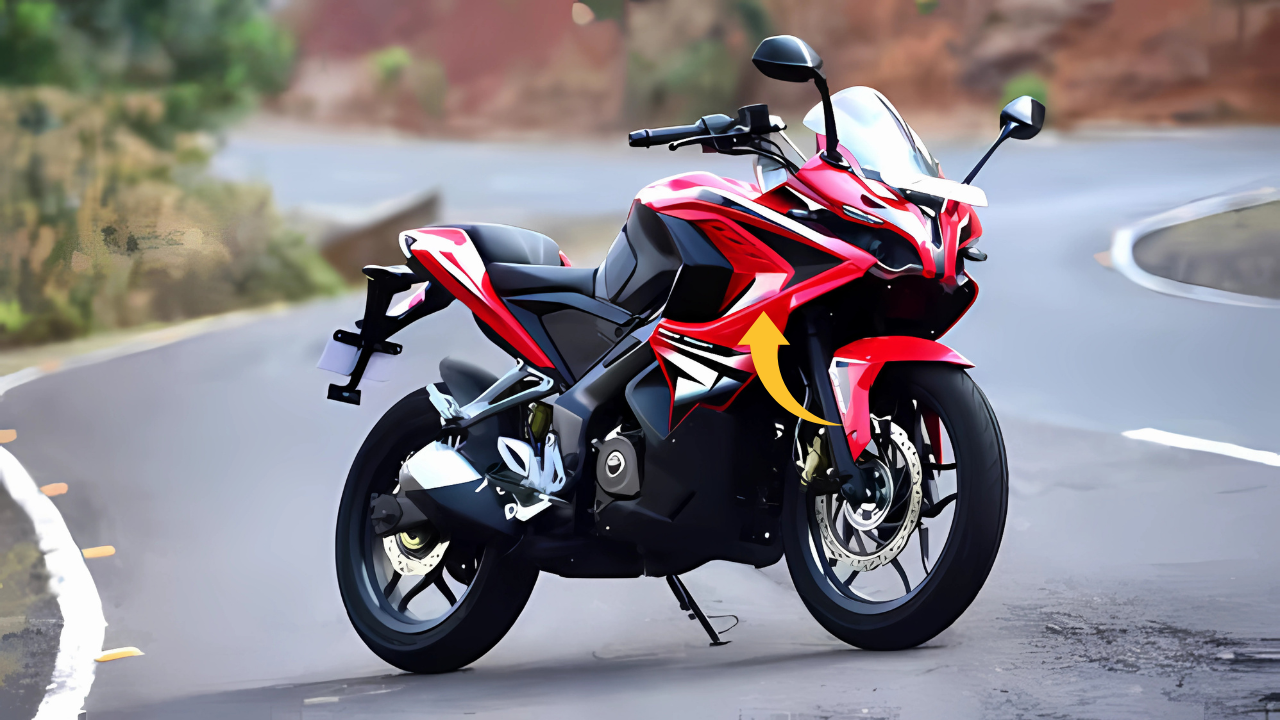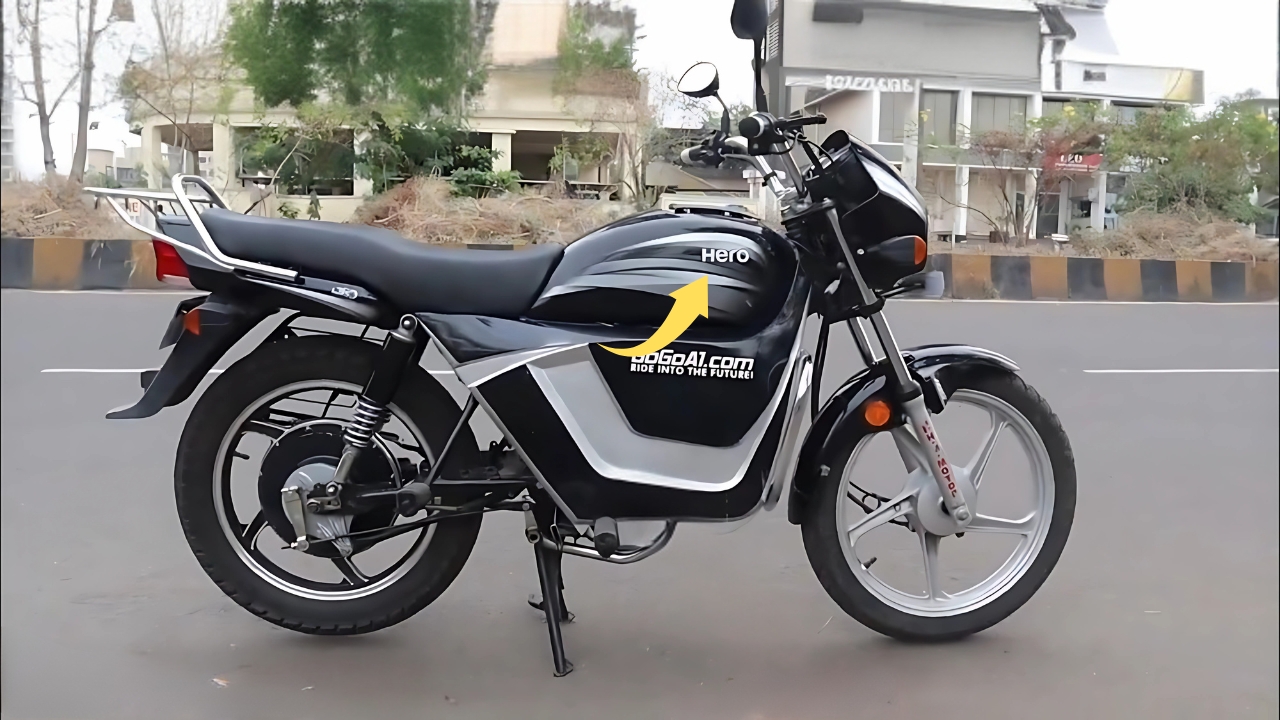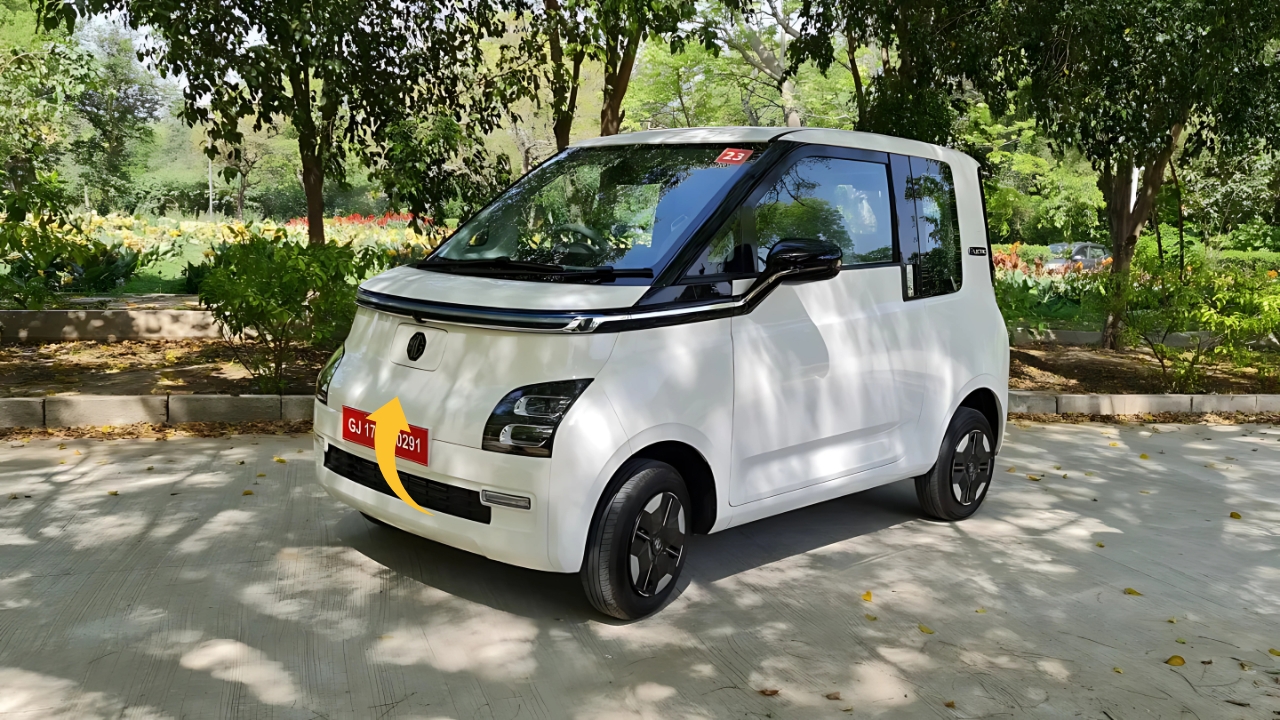Tata Nano: Tata Nano revival to rekindle automotive nostalgia We are about to witness an old reborn, the new Tata Nano. This retooled version is meant to win back the hearts of Indian customers, not with a revolution but with a heart-tugging evolution, banking on the residual affection many Indians still have for the world’s cheapest car.
Table of Contents
Tata Nano Design Renaissance: Cute Goes Contemporary
This new Nano is clearly inspired by the original’s standout design, but we’ve made it better — both more awe-inspiring and more practical. The front end still has a happy ”smile,” but now has LED daytime running lights that give it a more upscale look and provide better head on visibility.
From the side, the tall-boy silhouette that helped to maximize the interior in a minimum exterior space is retained, a philosophy that was widely appreciated in crowded urban conditions.
The flares over the wheel arches are mild, adding just enough clearance for the 14-inch wheels installed, which in turn give a fuller feeling to both the ride and the proportions sported by the car over the original’s slightly weenie 12-inch wheels.
More Good Things at the Rear-End At the back, newly designed taillamps feature concentric LED graphics in a unique pattern that amplifies nighttime recognition while connecting with the circular signature of the originals.
The presence of the rear hatch enhances access to the rear and introduces restrained surface detailing that works to pick away at the visual mass, to good effect thanks to clever light management.
The color ways in particular show some consideration, dropping in some bold new options as well as more a nostalgic nod to the first release.
The widened spectrum features the Sunshine Yellow, Peppermint Green and Coral Pink as well as more muted Platinum Silver and Midnight Blue — there’s something to cater to to the traditionalist and fast-fashion crowd here.
Inside Evolution: Useful charm
Tata Nano Inside the new Nano, the interior is a delicate mix that manages to retain the honesty of its predecessor without compromising on necessary modern features.
The dashboard structure features a clean structure, with circular elements reminiscent of the exterior design vocabulary. Instrument console is semi-digital and offers better readability and more information such as distance-to-empty and real-time efficiency figures.
Higher-spec models get a 7-inch touchscreen infotainment unit in the center console, which offers the all important smartphone connectivity via both Android Auto and Apple CarPlay, which we reckon will be a must have for all new cars in the city.
It is the integrated audio system enabling various functions as well as Brian’s car’s rear camera frram through which you can solve the practical downtown parking difficulties.
Even seating comfort is much improved, with less-thin cushioning, greatly improved fabric quality and a delightfully space-efficient design that allowed four adults to fit within its compact external limits.
The front seats have been designed with better lateral support and although the rear bench isn’t the most generous in terms of space there is a folding mechanism that opens up available load space when only two seats are in use; added practical versatility.
Engineering Sophistication: Efficiency Gets Up to Date
Underneath that cutesy facade, though, the re-engineered Nano fixes much of what was wrong with the original and keeps true to its spunky nature.
The evolution of the powertrain is the largest leap, with the series 1’s 624cc twin replaced with a more refined 1.0L three-cylinder that provides around 65bhp, a 35bhp gain that totally alters the driving experience of a Caterham without unduly alienating customers.
This engine offers enhanced acceleration and high speed cruising performance, while returning a fuel economy figure of outstanding 22 kilometer per liter under test conditions.
The increase in power corrects the biggest complaint of the original, all will staying true to the base philosophy of cheap, efficient transportation.
Transmission is in the form of a slick 5-speed manual as standard, with an AMT gearbox being offered on higher trims—an improvement from the original model’s 4-speed manual that not only enhances the driving experience but also the fuel economy at speeds on the highway.
The AMT also comes with a crawl function for those times when you need to inch your way through traffic, nice touch that, considering the urban driving mandate for the car.
Suspension layout is in essence carried over from the old model, but has been completely reworked with updated damping performance and a progressive spring rate.
These things make the ride better over different road surfaces, and feel even more nimble that the original model – which was already very adept for slicing through busy city traffic.
“Superior Safe” – On the Modern trail and off the beaten path, Safety Improvements for Today’s Expectations
Safety engineering shows Tata in a new light, finally tackling on a section of domain where the first gen faced a fair bit of criticism. The updated Nano features dual front airbags, ABS with EBD and rear parking sensors as standard on all trims, all of which were either not available or optional on the older variant.
The basic structure is further fortified in important areas, and high-strength steel members have been strategically integrated to enhance crash energy management without adding any weight penalty.
These structural improvements aim for a 3-star Global NCAP rating which would be quite an impressive achievement for any vehicle in this class and price range.
3.1 Market Positioning and Approach
Tata Motors also marketed the redesigned Nano as an aspirational first car and not just as the cheapest mode of personal transportation. This is the sort of strategic move that has recognized the more mature Indian automotive market that demands more than simply price positioning in the absence of content and ‘snob’ value.
The anticipated price of ₹3.5 lakh – ₹5.5 lakh (ex-showroom) also put the new Nano between entry-level models like the Maruti Suzuki Alto and the premium compact hatchbacks on sale.
This pricing model provides a rare space in the market for consumers looking for some characterful urban transportation with necessary modern conveniences that doesn’t carry the same formulaic design of traditional entry-level products.
The production method factors in lessons gleaned from the original’s path, with the production volume intended to match genuine market demand and not pipedream expectations. This restrained stance is a method to keep quality high while retaining exclusiveness and pride of ownership.
Tata Nano Conclusion
Tata Nano The homecoming of Tata Nano is really a mix of an old form that we all loved, and a new form we could create. By retaining the endearing character and space-efficient package of the original while addressing very real shortcomings on the engineering front, Tata has made a convincing case for the city-bound buyer looking for personality and practicality in roughly equal measure.
The reworked Nano is a car that offers something truly special to make it an option even for those shoppers unwilling to settle for just another me-too bottom-rung car — things like: Emotional appeal.
This kind of balancing act pays tribute to the original’s forward thinking while still paying tribute to the future in a way that few reboots are able to hit.









